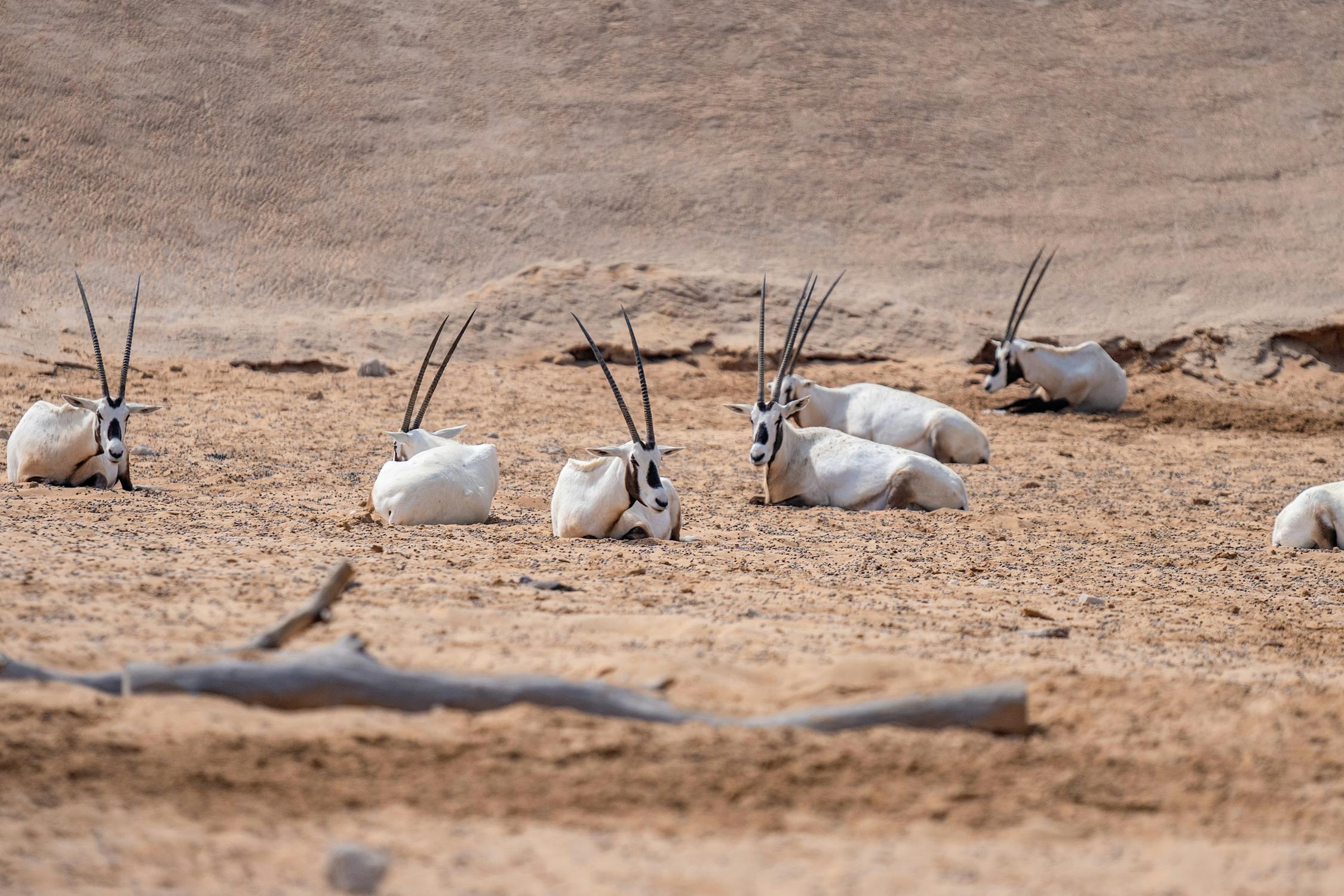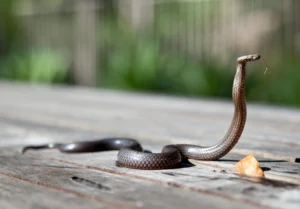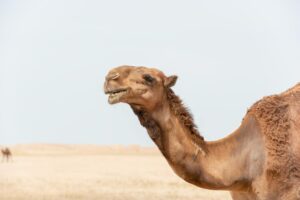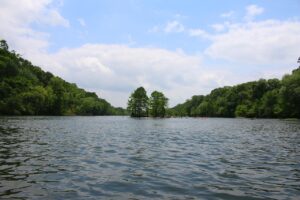The Arabian Oryx, A Resilient Symbol of Conservation

The Arabian oryx (Oryx leucoryx) stands as a remarkable beacon of survival and resilience in the face of environmental challenges. Once facing extinction in the wild, this elegant antelope has not only rebounded through dedicated conservation efforts but has also become a symbol of hope for wildlife preservation across the Arabian Peninsula. In this article, we will explore the distinctive characteristics of the Arabian oryx, the historical challenges it faced, and the successful conservation initiatives that have played a pivotal role in its recovery.
Distinctive Characteristics
The Arabian oryx is easily recognizable due to its striking appearance. With a white coat, long, straight horns, and distinctive black markings on its face and legs, the oryx is perfectly adapted to the harsh desert environment of its native habitat.
Adult males typically stand around 1.2 meters (4 feet) at the shoulder and weigh between 70 and 100 kilograms (about 154 to 220 pounds). Females, slightly smaller, also possess horns, which can grow up to 75 centimeters (nearly 30 inches) in length.
Their unique adaptations, such as the ability to tolerate high temperatures and minimal water intake, allow them to thrive in arid environments where few other mammals can survive.
Historical Challenges

Historically, the Arabian oryx was widespread across the Middle East, but by the mid-20th century, habitat loss, hunting, and competition with livestock led to a dramatic decline in their numbers.
By the 1970s, the Arabian oryx was declared extinct in the wild, with the last known population confined to captivity. Factors such as excessive poaching and the encroachment of desert ecosystems by expanding human settlements severely impacted their population, pushing them to the brink of extinction.
Conservation Success Stories
The story of the Arabian oryx is one of significant conservation success. Efforts began in the 1980s, primarily through the establishment of captive breeding programs.
Notable organizations such as the Phoenix Zoo in Arizona played a crucial role in breeding the Arabian oryx in captivity. As a result of these initiatives, more than 6,000 individuals have been bred in captivity since the program’s inception.
In 1982, successful reintroduction efforts commenced in Oman, followed by programs in various other countries in the Arabian Peninsula. Today, the Arabian oryx is once again found in the wild, inhabiting protected areas like the Arabian Oryx Sanctuary in Oman, a UNESCO World Heritage Site.
The restoration of their populations has been facilitated by the establishment of reserves and protected environments, alongside stringent anti-poaching laws.

Importance of Habitat Conservation
Habitat conservation is vital to ensure the ongoing survival of the Arabian oryx. Protecting desert environments—such as the arid regions of Kuwait, Saudi Arabia, and the United Arab Emirates—ensures that these animals have access to the resources they need to thrive.
Conservationists emphasize the importance of restoring and maintaining these ecosystems to uphold the delicate balance necessary for the oryx and other desert wildlife to coexist.
Moreover, education and awareness programs play a critical role in informing local communities about the value of preserving their natural heritage. Engaging local populations in conservation initiatives fosters a sense of ownership and responsibility towards protecting the Arabian oryx and its habitat.
The Arabian oryx serves as a testament to the power of conservation and the importance of dedicated efforts to safeguard endangered species. From the brink of extinction to a thriving population in the wild, the story of the Arabian oryx showcases the remarkable potential for recovery when concerted actions are taken.
As we look to the future, continued vigilance and purposeful conservation strategies will be essential in ensuring that this iconic species not only survives but thrives in the Arabian landscape. The success of the Arabian oryx is not just a victory for wildlife; it stands as a symbol of hope for conservation efforts worldwide, reminding us of the fruits of perseverance and collaboration in protecting our planet’s biodiversity.




